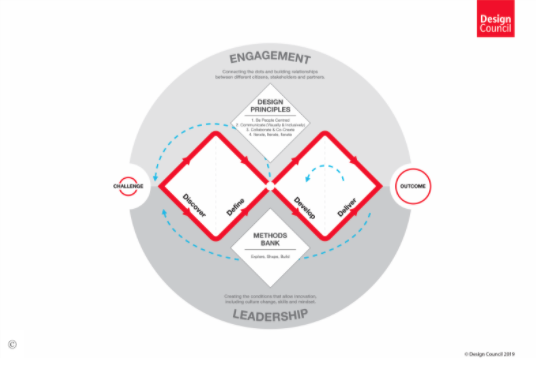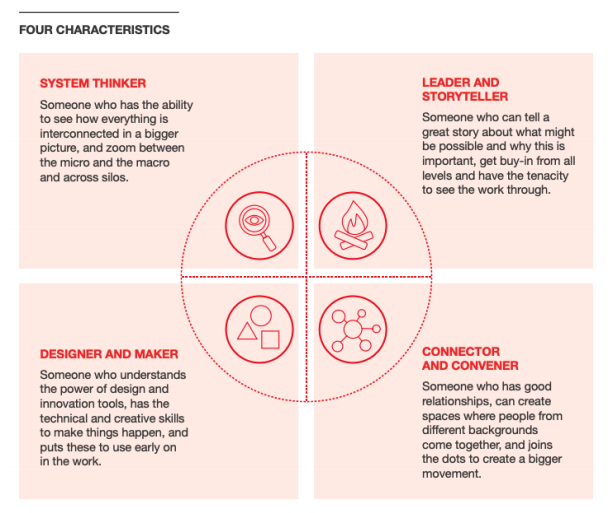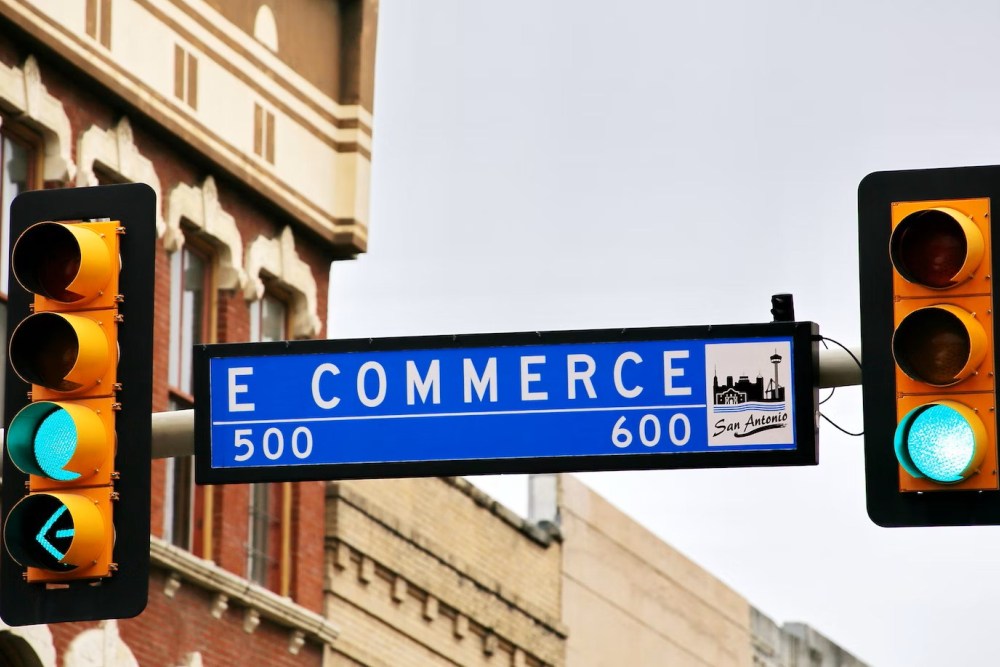At Objective Experience, we have been working on our own Conscious Experience Design Frameworks for a while, as outlined in this recent podcast by our Founder James Breeze. It seems this thinking is not unique! We are delighted that the Design Council have iterated their famous double diamond to focus more on the circular economy and we are excited to employ it as a tool in our practice.
Design Frameworks – the double diamond framework
Anyone working around design will be familiar with the double diamond framework. It was actually created way back in 2004 by the Design Council in the UK as a framework for innovation which helps designers and non-designers across the globe tackle some of the most complex social, economic and environmental problems.
The Design Council have turned their thinking toward climate change and the goal of net zero emissions. They wanted to create a robust systemic design framework and have released a report titled Beyond Net Zero.
This is a new framework for designers to use with stakeholders to take a design process to tackle really complex challenges and also take advantage of opportunities.
It’s based on research interviews with designers working around net zero and beyond, and also design council programmes with the public sector and other professionals and communities around social justice and public health.
It’s based on six principles and four characteristics.
Principles include things like looking collectively and thinking about the people and planets and design knowing that everything is connected, and thinking circularly and also importantly welcoming different perspectives.
Four characteristics that designers use are a systems thinker, a designer maker storyteller and leader and connector convener, and these might be all in one person or across people within the team.


The Design Council found through this work, that many experts agree that aiming for net zero alone is not ambitious enough.
“Net zero allows for the continued production of greenhouse gasses, said to be balanced out by other factors. It can create loopholes such as importing high-emission products from overseas and engaging in temporary offsetting solutions.
Net zero plans often rely upon continued global inequality. Some of the approaches have been called ‘climate colonialism ’.
Indeed, despite pledging net zero goals, many countries are able to continue with a ‘business-as-usual’ approach . Further, these goals do nothing to address other destructive behaviours such as loss of biodiversity and environmental pollution.
They believe there is a need to focus not only on fossil fuel reduction but on broader regenerative goals. It is vital to take a holistic approach that encourages actions that are environmentally and socially sustainable.”

This challenge is not only technical; it is creative and social. Design has a critical role to play.
Design builds a bridge between technological research and innovation and their application to social practice.
Designers work across virtually every relevant field – including infrastructure, transport, retail and advertising, housing, leisure activities and public services – and have the capacity to connect silos and sectors.
They encompass a wide array of professionals (from graphic design to urban planning), and work at different levels (from products to policy).
The Systematic Design Framework


The systemic design framework builds on the existing framework for innovation by recognising the interconnected, complex nature of challenges and prioritising the planet as well as its people.







